
Honey Whole Wheat Sourdough Bread
Description
Ingredients
Equipment
- Large mixing bowl
- Clean bowl and dish cloth or towel for proofing
- Spatula
- Parchment paper
- Dutch oven with lid
- Kitchen scale (for precise measurements)
For the Starter:
- 114 g active sourdough starter
For the Dough:
- 54 g olive or coconut oil (between ¼ and ⅓ cup)
- 80 g honey (¼ cup)
- 252 g water (1 ¼ cups)
- 262 g white whole wheat flour (regular or pastry)
- 262 g bread flour (you can use more white whole wheat flour but loaf will be denser)
- 9 g salt (1 ¼ tsp)
Optional Additions:
Instructions
Prepare the Starter:
- Feed your sourdough starter in a glass jar or bowl. Cover loosely with a lid or a clean kitchen towel, allowing air to circulate while keeping the starter protected from drafts. This creates the ideal environment for it to thrive.
- Place it in the oven with the light on or in a warm spot to help the starter rise and develop.
- When the starter has doubled and is bubbly and active (approximately 4-5 hours), you’re ready to make your bread.
Mix the Initial Dough:
- In a large mixing bowl, combine 54 g olive oil, 80 g honey, 254 g warm water, 262 g white whole wheat flour, and 114 g active sourdough starter.
- Mix until just combined.
Add Additional Ingredients:
- Add 262 g of flour (bread flour for fluffier bread or white whole wheat flour) and 9 g salt.
- Add any seasonings or mix-ins if desired.
- Mix until the dough forms a shaggy mass.
Rest the Dough:
- Cover the bowl with a damp cloth and let it sit for 20 minutes.
Folding Process:
- Perform a total of 5 folds, allowing 20 minutes between each fold.
- Example schedule:
- First fold: 1:00 PM
- Second fold: 1:20 PM
- Third fold: 1:40 PM
- Fourth fold: 2:00 PM
- Fifth fold: 2:20 PM
- To fold the dough, use wet hands to prevent sticking. Rotate the bowl 90 degrees each time as you fold, completing four folds in each session. (See notes below.)*
Fermentation:
- After the final fold, re-moisten the cloth and cover the dough.
- Allow it to ferment and rise for 6-8 hours in the oven with the light on or in a warm spot.
Shaping the Dough:
- Flour the top of the dough and gently loosen it from the bowl using a spatula.
- Flour your countertop, then turn the dough out onto it.
- Start by folding each corner or side of the dough toward the center, creating a square shape. Once all the corners are folded in, pinch them together firmly at the top to seal the dough.
- Flip the dough over so the smooth side is facing up. Gently tuck the sides toward the center, then use your hands to shape it into a round ball. You can even scoot the dough toward your belly on the countertop to help seal it. Be careful not to deflate the dough; the goal is to maintain its airy structure while forming a nice, round shape.
Prepare for Proofing:
- Line a clean bowl with a towel and generously flour the towel.
- Place the dough, smooth side down, into the bowl. Sprinkle more flour on top. Then, use the remaining part of the towel and cover it. Last, use the damp towel from before to cover the bowl.
Refrigeration Options:
- Option 1 (If you want to cook the dough immediately): Refrigerate for 1 hour while preheating your Dutch oven in the oven to 500°F.
- Option 2 (If you want to bake the dough later): Refrigerate overnight (up to 48 hours).
Baking the Bread:
- If Refrigerated Overnight (Option 2): Pull the dough out of the fridge and let it sit, covered, at room temperature for 1 hour while preheating the oven with the Dutch oven inside to 500°F.
- Place parchment paper on the counter, lightly flour it, and turn the dough out onto it, ugly side down.
- Score the top of the loaf with a sharp knife.
Baking:
- Remove the preheated Dutch oven from the oven and sprinkle a thin layer of rice on the bottom to prevent the bottom of the loaf from burning.
- Place the dough with parchment paper inside the Dutch oven.
- Lower the oven temperature to 450°F and bake with the lid on for 34 minutes.
- Cock the lid (make sure it’s ajar enough to allow air in, but not so much that it falls off), or remove it entirely. Then bake for an additional 10 minutes, until golden brown. Our oven runs hot, so we usually just cock the lid. If yours doesn’t and you remove the lid, but the crust starts to darken too much, gently lay a piece of foil over the loaf to prevent burning.
Cooling:
Notes
To fold the dough: First, wet your hands to prevent sticking. Gently lift one side of the dough and fold it over to the center, then rotate the bowl 90 degrees. Repeat this process until you’ve folded the dough from all four sides, completing four folds in total. This technique helps strengthen the gluten structure and improves the dough’s texture.



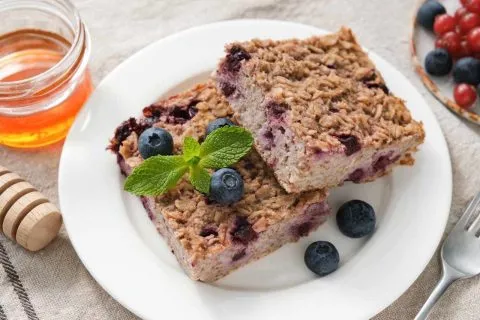

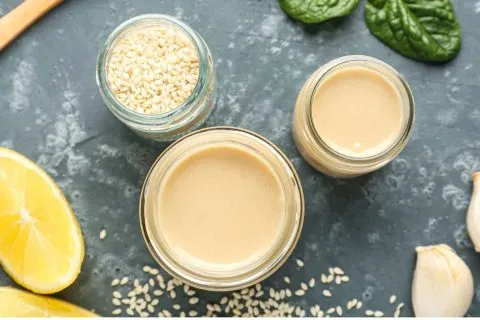
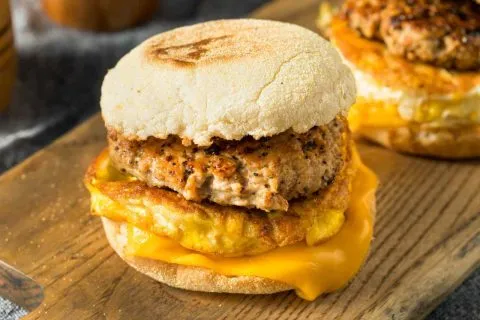

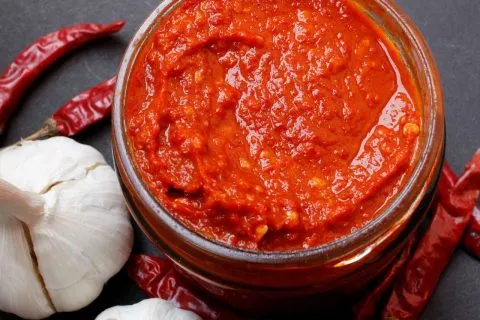
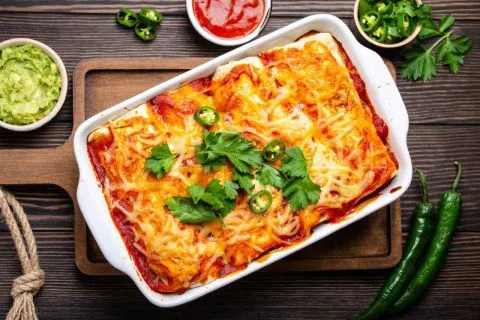
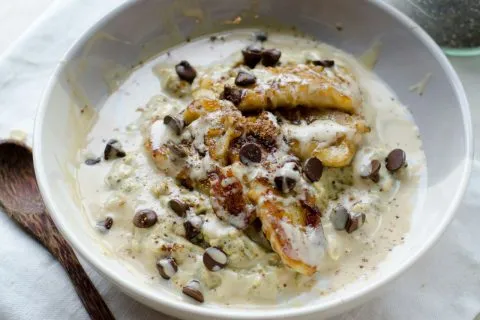



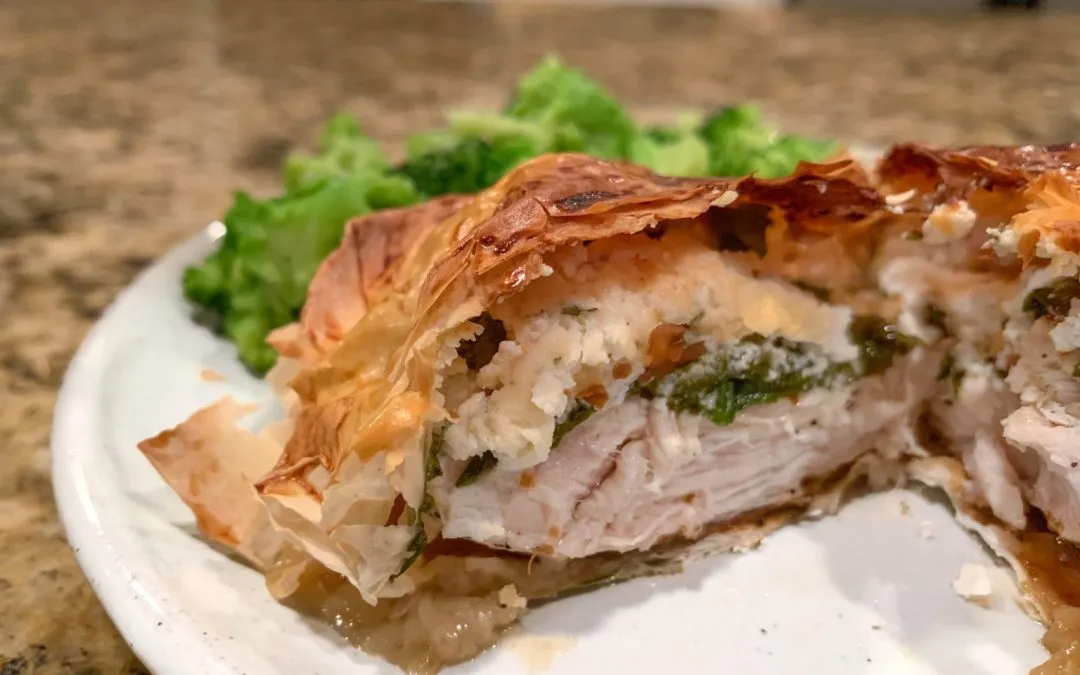
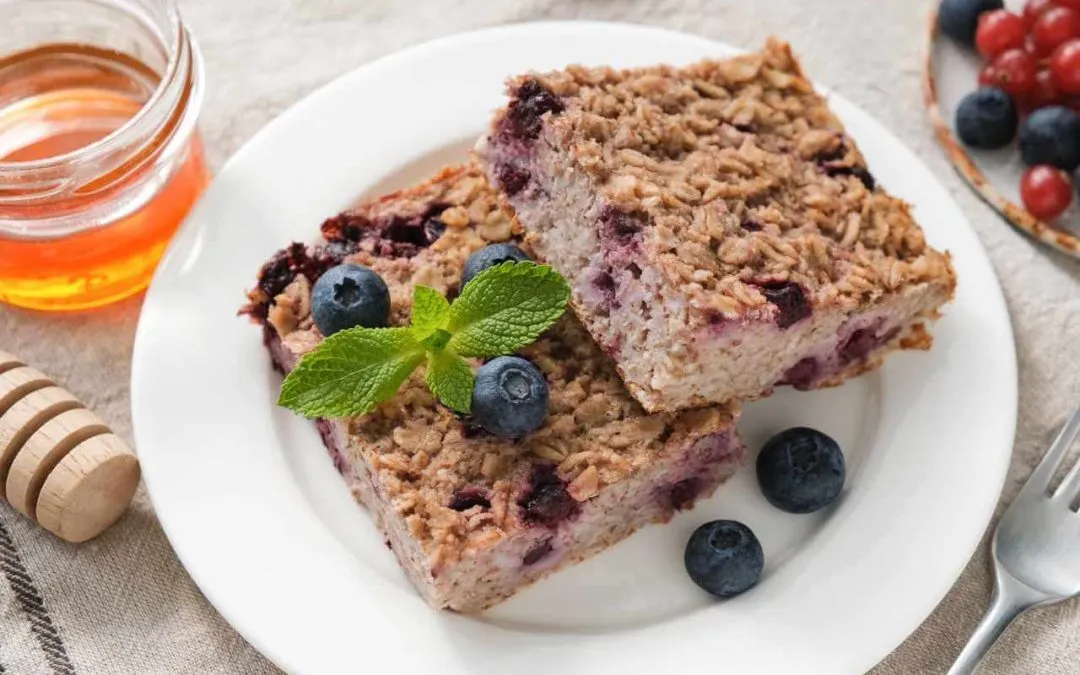





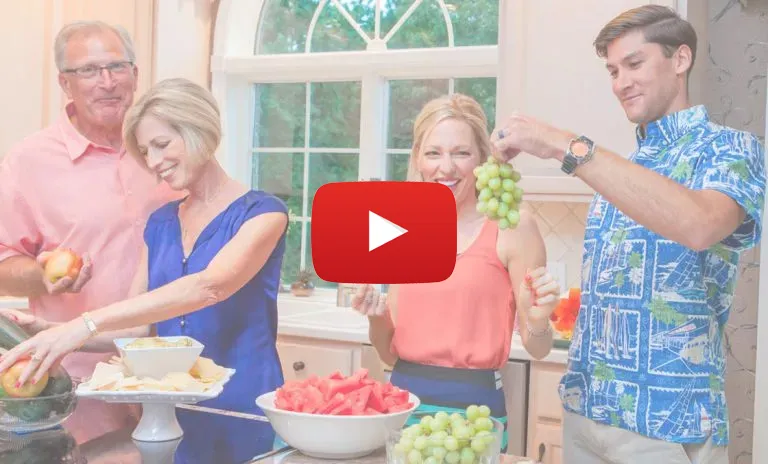



0 Comments